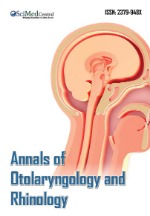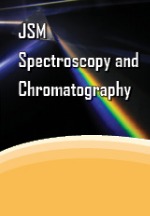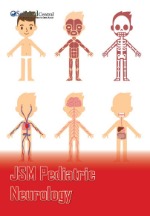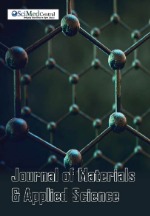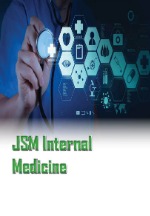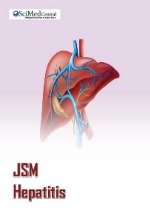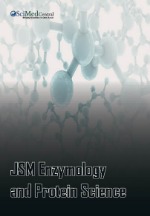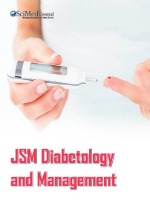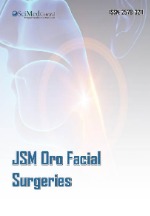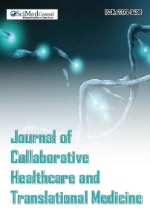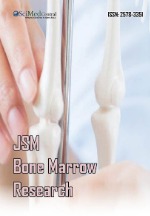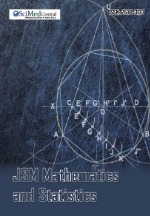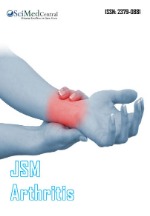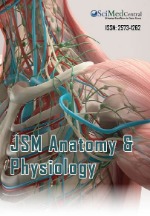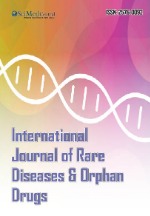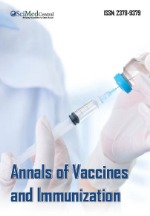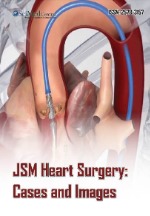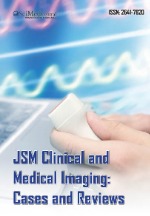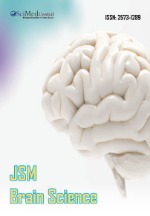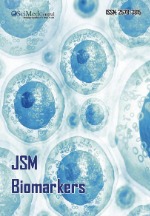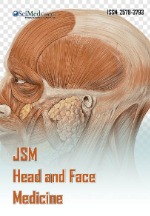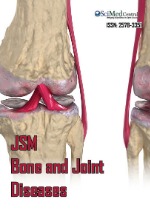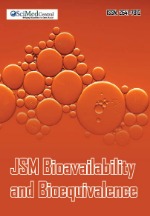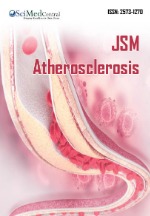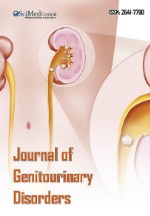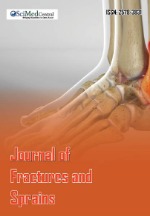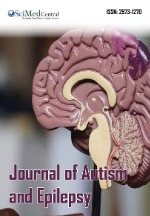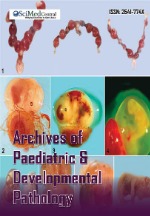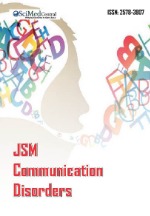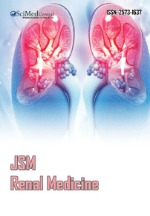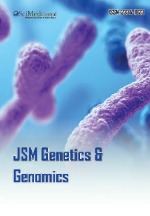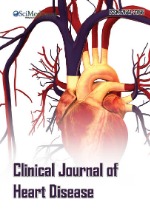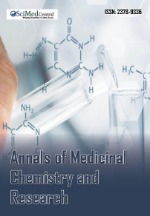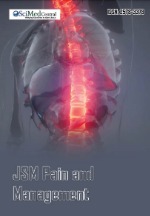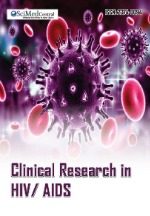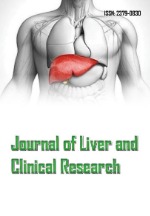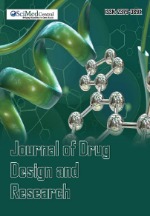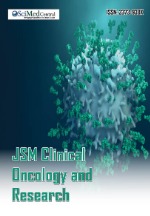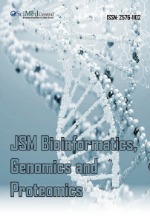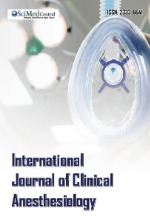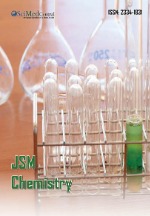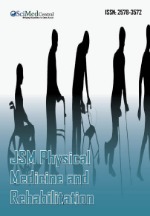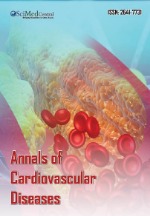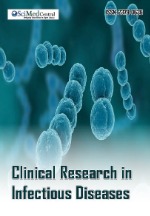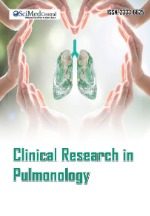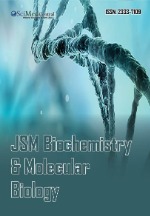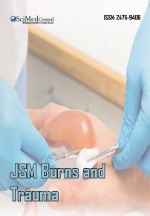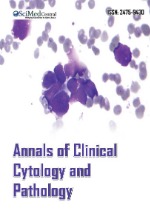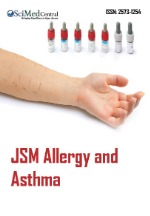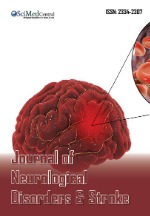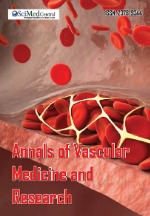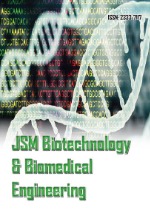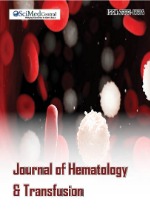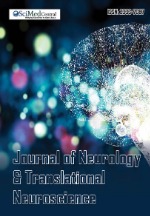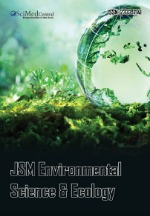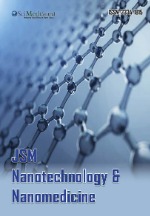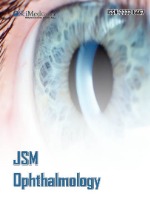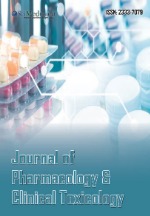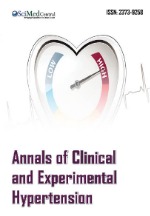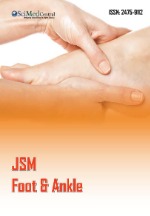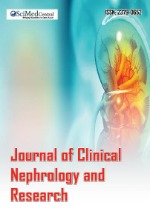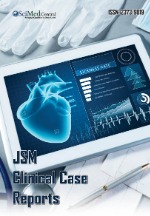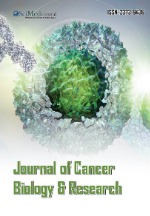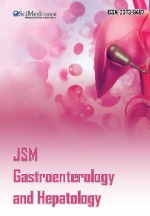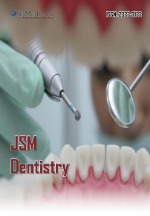Use of Dermal Suction Blister Method to Identify Potential Biomarkers in the Fibrotic Skin Lesions of Scleroderma Patients
- 1. Royal Free and University College Medical School, University College London, UK
Abstract
Scleroderma (systemic sclerosis, SSc) is a spectrum of disorders in which there are inflammatory, vascular and prominent fibrotic changes to skin and internal organs. The pathogenesis of scleroderma is not fully understood and because of this SSc has the highest morbidity and mortality of any of the connective tissue disorders. There are currently no truly effective disease-modifying therapies available although complications can be addressed. For example the prognosis of pulmonary vascular disease in SSc has improved with the use of drugs which modify adverse vascular remodeling, and there is evidence now that high dose immunosuppressive drugs (Mycophenolate mofetil) improve the progressive lung fibrosis seen in SSc.
Citation
: Ibrahim H, Stratton R (2018) Use of Dermal Suction Blister Method to Identify Potential Biomarkers in the Fibrotic Skin Lesions of Scleroderma Patients. J Dermatolog Clin Res 6(1): 1112.
INTRODUCTION
In order to better understand SSc and to find molecular markers of the disease process amenable to targeted treatment as well as to monitor disease activity, many studies have used gene profiling using RNA microarrays. This has involved using skin biopsies of patients with scleroderma with the relevant control or else RNA extracted from peripheral blood mononuclear cells. One such study was undertaken by Whitfield et al., 2003. In this study, DNA microarrays were used to analyses the genes expressed in scleroderma patients [1]. This study showed increased expression of genes expressed in endothelial cells and B lymphocytes, in genes associated with the synthesis of the extracellular matrix, a set of genes suggestive of smooth muscle and in genes characteristically expressed on T cells [2]. Other studies have proposed the use of disease process related gene expression biomarkers and shown that they correlate with the biologic extent of disease as well as disease activity [3].
This study and others rely on mRNA analysis; however we propose the use of sampling dermal interstitial fluid as a more direct analysis based on the proteins present in the interstitium of patients affected by SSc. Although mRNA techniques are widely used, it is difficult to predict the correlation between the amount of mRNA and the presence of particular important disease driving proteins in scleroderma. In fact studies in mammalian tissues have emphasized the poor correlation between mRNA levels and protein expression [4]. Since protein levels might correlate more with functional changes, we have chosen to profile the levels of growth factors, cytokines, and vascular factors present in the dermal extracellular fluid sampled by the suction blister methodology.
Dermal fluid sampling as a means for studying SSc was first described by Søndergaard and colleagues and is a minimally invasive procedure. It involves applying mechanical pressures for 2-3 hours in order to separate the epidermis from the dermis causing small blisters and thus enabling the sampling of interstitial fluid using a needle. At these pressures the capillary membrane is preserved and the findings in the fluid are representative of interstitial fluid [5]. This is important as the dermal interstitial fluid findings show the local inflammatory changes in the skin, which are observed in scleroderma.
Suction blister fluid collection has been utilized to look at key proteins in the interstitium of patients with scleroderma (Figure 1).

Figure 1 Suction blister method. Forearm skin was subjected to negative pressure via a suction blister device. After 3 hours fluid filled blisters formed (Kiistala, 1968) (6) and the dermal blister fluid can be collected and used for analysis of cytokines and other potential markers of disease activity.
In [6], synchronous plasma samples and dermal interstitial fluid were collected and profiled for key inflammatory cytokines, chemokines and growth factors. This study enabled demonstration of increased levels of IL-6, which is important as trials are underway using Tocilizumab a monoclonal antibody against IL-6. The potentials of this include using dermal sampling to identify particular patients with high levels of IL-6 who may benefit more from treatment as well as monitoring treatment. As well as this [7] (Figure 2) showed increased levels of FGF-2 an angiogenic factor induced by hypoxia as well as the cytokine MCP-3 [8,9].

Figure 2 Heat map of growth factor and cytokine analysis of scleroderma patients dermal blister fluid. Unbiased hierarchial analysis was used to group patients, who clustered into 3 groups: Group 1 showed elevated innate immune factors and were mainly early severe diffuse pattern SSc, Group 2 showed elevated adaptive immune factors and were late stage diffuse diseae, Group 3 showed quiescence and were limited SSc or mild diffuse SSc. (taken from (7).
This study highlights the potential of using dermal suction methods as a non-invasive technique to provide biomarkers which are markers of disease activity and indicators of treatment effect.
We can see how this has already been demonstrated in the use of Iloprost in patients with scleroderma. A pro-fibrotic cytokine, connective tissue growth factor (CTGF), has been shown to have elevated levels in patients with SSc. It was further demonstrated that levels of this key cytokine are affected by treatment with Iloprost as sampled in the dermal interstitial fluid [10]. Iloprost blocks the induction of CTGF and therefore causes a reduction in collagen synthesis. This process can be directly observed by using dermal suction blister methodology providing an analogy for other similar biomarkers to be identified (Figure 3).

Figure 3 Forearm skin blister fluid was obtained from six healthy control subjects, from the lesional skin of six diffuse scleroderma patients before and after 5 days of Iloprost therapy, and from the lesional skin of six limited scleroderma patients before and after 5 days of Iloprost therapy. Blister fluid CTGF was measured by Western blot analysis. rCTGF, recombinant CTGF (200 ng/ml); Normal, healthy controls; DSSc pre, diffuse scleroderma patients before Iloprost; DSSc post, diffuse scleroderma patients after Iloprost treatment; LSSc pre, limited scleroderma patients before Iloprost treatment; and LSSc post, limited scleroderma patients after Iloprost treatment. *P < 0.01. (taken from (8)).
Published data using the blister fluid method in SSc are summarized in Table 1.
Table 1: Potential biomarker targets for scleroderma: Proteins raised in blister fluid of patients with systemic sclerosis.
| Name of Protein | Function | Publication |
| CTGF | Pro-fibrotic cytokine, acts downstream and in concert with TGF to stimulate the fibrotic process and is involved in the fibrosis seen in scleroderma. | Stratton R, Shiwen X, Martini G, Holmes A, Leask A, Haberberger T et al. Iloprost suppresses connective tissue growth factor production in fibroblasts and in the skin of scleroderma patients. J. Clin. Invest. 108:241–250 (2001). |
| sICAM-1 | Function is still not understood, it is thought to be a naturally occurring inhibitor, blocking LFA. Expression of ICAM-1 increases adhesion between leucocytes and fibroblasts. (9) | Søndergaard K, Stengaard-Pedersen K, Zachariae H, Heickendorff L, Deleuran M, Deleuran B. Soluble intercellular adhesion molecule-1 (sicam-1) and soluble interleukin-2 receptors (sil-2r) in scleroderma skin. British Journal of Rheumatology 1998;37:304–310 |
| sIL-2R | Function is poorly understood, Thought to have a regulatory role, and a naturally occurring inhibitor, blocking IL-2. (9) | Søndergaard K, Stengaard-Pedersen K, Zachariae H, Heickendorff L, Deleuran M, Deleuran B. Soluble intercellular adhesion molecule-1 (sicam-1) and soluble interleukin-2 receptors (sil-2r) in scleroderma skin. British Journal of Rheumatology 1998;37:304–310 |
| PIIINP | PIIINP is the amino terminal peptide of type III procollagen, released from the precursor peptide during the synthesis and deposition of type III collagen. Marker of type III collagen turnover | Søndergaard K, Heickendorff I, Risteli I , Risteli J, Zachariae H, Stengaard-Pedersen , Deleuran B. Increased levels of type I and III collagen and hyaluronan in scleroderma skin. British Journal of Dermatology 1997;136: 47-53. |
| PICP | The carboxyterminal propeptide of type I procollagen (PICP) and the aminoterminal propeptide of type I procollagen (PINP) are enzymatically removed from the procollagen molecule by specific proteases. PICP is an indicator of the synthesis of type I collagen. | Søndergaard K, Heickendorff I, Risteli I , Risteli J, Zachariae H, StengaardPedersen , Deleuran B. Increased levels of type I and III collagen and hyaluronan in scleroderma skin. British Journal of Dermatology 1997;136: 47-53. |
| ICTP | Cross?linked carboxyterminal telopeptide of collagen I. Increased serum ICTP concentration in SSc suggests Increased collagen I breakdown | Heickendorff L, Zachariae H, Bjerring P, Halkier-Sørensen L, Søndergaard K. 1995. J Am Acad Dermatol. 1995 Apr;32(4):584-8. |
| IL-6 | Pro-inflammatory cytokine. Elevated levels of IL-6 correlate with fibrosis. | Clarke KEN, Lopez H, Abdi BA, Guerra SG, Shiwen X, Khan K et al. Multiple cytokine analysis of dermal interstitial blister fluid defines local disease mechanisms in systemic sclerosis. Arthritis Research & Therapy (2015) 17:73 |
| IL-15 | A cytokine which is believed to be a survival and growth factor for T lymphocytes and B lymphocytes, natural killer cells, eosinophils and mast cells. |
Clarke KEN, Lopez H, Abdi BA, Guerra SG, Shiwen X, Khan K et al. Multiple cytokine analysis of dermal interstitial blister fluid defines local disease mechanisms in systemic sclerosis. Arthritis Research & Therapy (2015) 17:73
|
| Monocyte chemotactic protein (MCP3) | Pro-inflammatory chemokines and chemotactic for monocytes, eosinophils and basophils. MCP-3 may be a potential mediator of fibrosis in SSc (10). | Clarke KEN, Lopez H, Abdi BA, Guerra SG, Shiwen X, Khan K et al. Multiple cytokine analysis of dermal interstitial blister fluid defines local disease mechanisms in systemic sclerosis. Arthritis Research & Therapy (2015) 17:73 |
| Fibroblast growth factor (FGF-2) | FGF-2 is an angiogenic factor induced by hypoxia, which usually results in increased angiogenesis. (7) | Clarke KEN, Lopez H, Abdi BA, Guerra SG, Shiwen X, Khan K et al. Multiple cytokine analysis of dermal interstitial blister fluid defines local disease mechanisms in systemic sclerosis. Arthritis Research & Therapy (2015) 17:73 |
| Platelet derived growth factor (PDGF-AA) | PDGF is a dimeric peptide growth factor that can induce migration, differentiation and transformation of different cells including fibroblasts. (7) | Clarke KEN, Lopez H, Abdi BA, Guerra SG, Shiwen X, Khan K et al. Multiple cytokine analysis of dermal interstitial blister fluid defines local disease mechanisms in systemic sclerosis. Arthritis Research & Therapy (2015) 17:73 |
In most of the studies candidate factors have been studied based on a priori knowledge of their function relevant to SSc, rather than broad screening methodologies. Possible protein:protein interactions have been analyzed using String software, indicating potential interactions of innate immune, adaptive immune, and profibrotic proteins in the disease (Figure 4).

Figure 4 Protein:protein interactions in SSc. String 10 analysis of proteins shown in published data to be elevated in SSc blister fluid. A possible network of innate immune (IL-6), adaptive immune (IL-2R, IL-15,), and pro-fibrotic (CTGF, collagen I and III, PDGF-AA) proteins are demonstrated, The strength of the interactions are indicated by thickness of interconnecting line.
It is proposed that in future clinical trials blister fluid could be sampled before and after the trial therapeutic in order to measure the biologic effect of treatment. One possibility would be to profile IL-6, MCP3, FGF2, PDGF-BB as well as CTGF in order to assay activity of inflammation, chemotaxis, vascular repair, and downstream fibrosis respectively. The use of these protein factors as potential biomarkers needs to be validated prospectively and longitudinally in order to justify their routine use in the clinic.
CONCLUSION
Blister fluid sampling allows us to identify targets for therapy in SSc, in addition we hope to be able to identify markers which can be monitored with regards to identifying early markers of disease activity, response to therapy as well as individualization of therapy according to the blister fluid environment.


